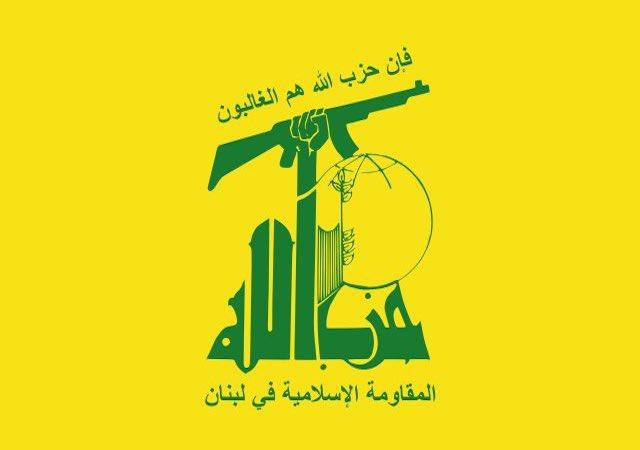In the wake of the ongoing conflict between Israel and Hamas, Hezbollah has steadfastly continued its operations against Israel, unswayed by the repercussions of its actions, which have included the establishment of militant infrastructures within civilian settings, widespread destruction of agricultural lands, displacement of over 100,000 individuals, and the loss of at least 241 of its members. The past five months have seen the conflict not only wreak havoc across regions but also strike a significant blow to Hezbollah's assets and personnel.
Since October 7, Hezbollah has positioned itself as an assertive participant in the conflict with Israel, asserting its commitment to its cause with daily operations purportedly aiming at Israeli targets. Despite the substantial toll these activities have taken on southern Lebanon, including devastating impacts on civilian life and infrastructure, the organization vows to press on.
⚡️If Israel goes all out war with Hezbollah, the most challenging task for Israel is facing Hezbollah's Redwan unit. pic.twitter.com/RELHLqcnOu
— Current Report (@Currentreport1) March 11, 2024
Hezbollah's determination is underscored by its boastful claims of carrying out executing more than 1,200 attacks on Israel during this period. These have ranged from assaults on military installations to shootings in civilian communities, reflecting a broad spectrum of aggression. Officially, the group acknowledges the death of 241 of its members, including three recent casualties in an attack in Khirbet Selm, a southern Lebanese town. The Israeli Defense Forces (IDF), however, estimate the death toll among Hezbollah fighters to be over 300, suggesting a higher daily fatality rate than reported.
Hezbollah's leader, Hassan Nasrallah, has made distinctions between the loss of civilian lives and those of its militants, emphasizing the group's sensitivity towards civilian casualties. Nasrallah's recent statements have conveyed a grim warning against the cost of civilian lives, insinuating a reciprocal response in Israeli casualties. This rhetoric underscores the fraught nature of the conflict, where civilian and militant lines are often blurred, with Hezbollah embedding its operations within residential areas.
Terrible! Nothing in the mainstream media about these daily attacks from Hezbollah on northern Israel.. https://t.co/X1e5JVsMxL
— Andreas Fagerbakke (@afagerbakke) March 10, 2024
The IDF has been relentless in targeting Hezbollah's military capabilities, utilizing airstrikes, drone operations, and artillery to dismantle the group's infrastructure. These strikes have targeted command centers, ammunition depots, and launch sites, among other military assets, significantly disrupting Hezbollah's operational landscape. Many Hezbollah operatives, who also reside in the targeted southern villages, have thus seen their homes and civilian infrastructures repurposed for military ends, leading to widespread displacement and economic ruin in these communities. The Lebanese Foreign Minister recently cited the displacement figure at 100,000, highlighting the profound societal impact of the conflict.
Materially, the war has exacted a heavy toll, with damages estimated at around $1.2 billion last month. The destruction spans homes, public infrastructure, and agricultural lands, severely affecting the livelihoods of residents, including those aligned with Hezbollah. The Lebanese Minister of Agriculture reported significant damage to olive groves and farmlands, vital for both the economy and Hezbollah's guerilla tactics. Moreover, the conflict has not spared Hezbollah's health institutions, with several facilities linked to the "Islamic Health Authority" being attacked, resulting in multiple casualties among the staff, who are often dual-role operatives and medical personnel.
Yes it’s totally unacceptable that Hezbollah was allowed to carve out this impunity and the reason for it is a loss of deterrence and abrogation of the basic aspect of defending sovereignty, the international community has enabled this by not condemning Israel and whenever Israel… https://t.co/6k3CNyEF5I
— Seth Frantzman (@sfrantzman) March 10, 2024
Despite the extensive damages inflicted on its forces and infrastructure, Hezbollah remains unyielded, continuing its assaults on Israeli territories with recent rocket launches targeting the Hermon and Mt. Meron, albeit without reported casualties. This ongoing aggression reflects Hezbollah's unwavering resolve in the conflict, even as the cost to both its personnel and the broader Lebanese community continues to climb.


